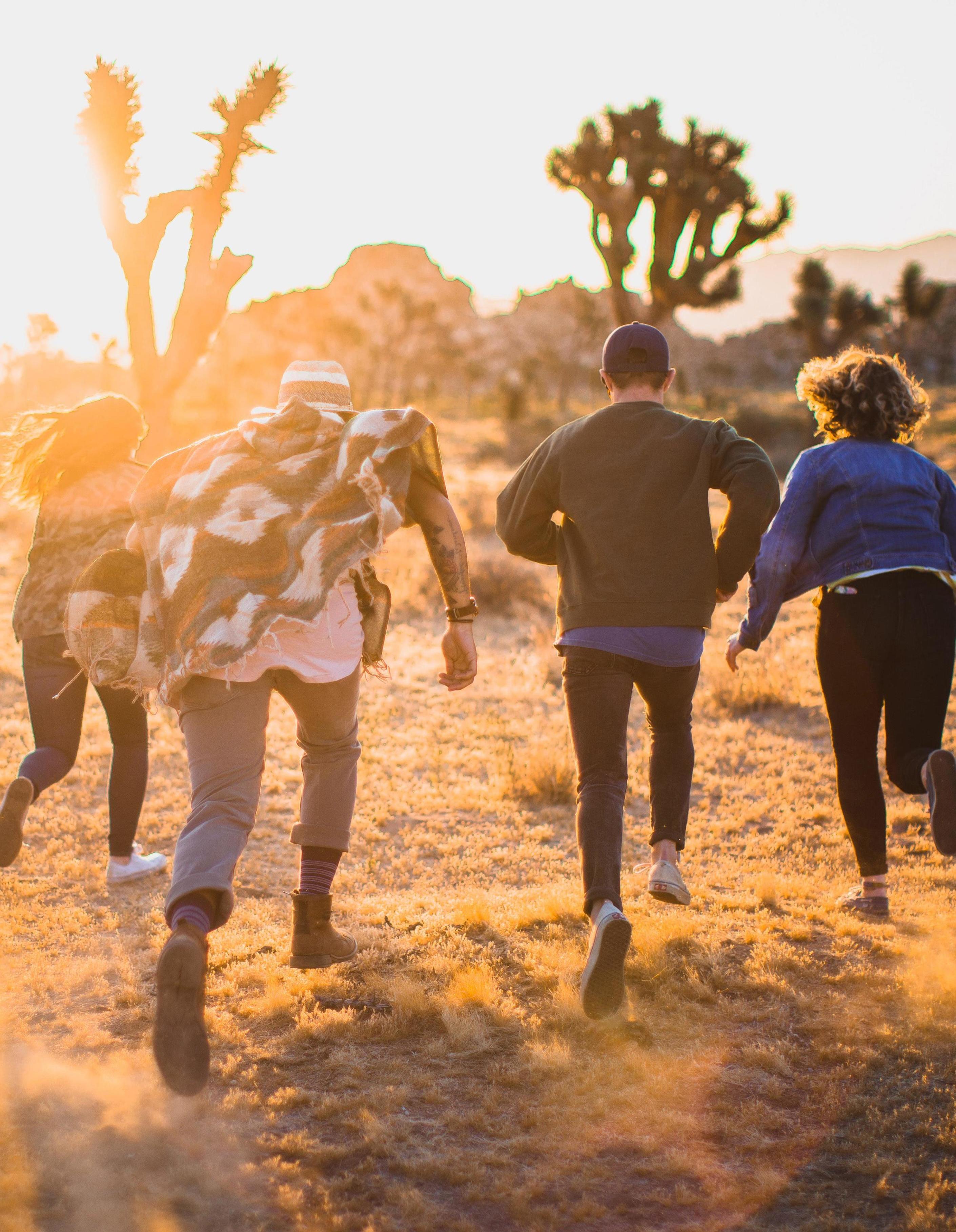
10 minute read
Running into a Community
by karlie hayes | design by zoe liau
For me, nothing beats the feeling of embarking on a run with a group of friends. In high school, I looked forward to reaching the bleachers by the track, seeing my teammates clustered together, and pushing through tough workouts side-byside. And in college, I cherished memories of carefree chats with friends as we took on the streets of Brentwood. Running itself has been enormously helpful for my physical and mental health, but my favorite part of the sport is the connections I have made along the way.
Advertisement
This connection between exercise and social health is especially relevant right now—excitingly, UCLA announced that they are planning on holding in-person classes next school year. And as we begin to move back to campus, many of us will be searching for a way to build and strengthen our communities, whether that means rekindling old friendships, making new connections, or finding a sense of belonging. Group exercise, both virtual and in-person, can be a great way to build those connections. And of course, an exercise community can be a motivator to build exercise habits and get a better workout!
How Exercise Can Help Form a Community
From the soccer team friends we made in our childhood to the uncomfortable smiles we share with a partner while attempting weights, there is something about exercise that fosters relationships. And in fact, numerous studies have found several specific ways that exercising with a group can form those connections.
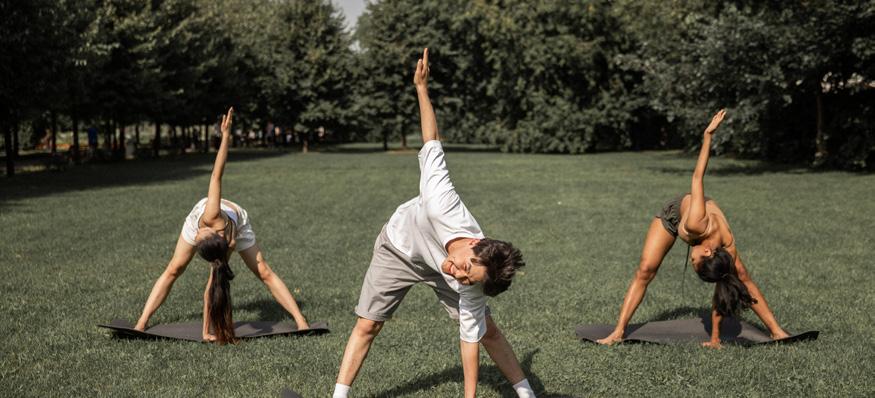
original photo by gabby k
A Sense of Belonging
Studies have found that regardless of whether we are kids searching for something to do after school or seniors trying to broaden our social horizons, exercising with others helps us feel a sense of belonging. One qualitative study of older adults in Japan, for example, found that when people participated in regular, bi-weekly group exercise, they became more connected with other members of their group. This group exercise encouraged participants to build a community grounded in care and respect. One participant commented that if she sees that a regular to the group is absent, she will call that person on the way home. These sorts of everyday gestures that show that people in our community care about us can make us feel like we are a part of a community.
In younger children, a similar phenomenon occurs. One study of children and teens found that participating in team sports can decrease social anxiety and build relationships with coaches and peers. Joining a team, then, can be a great way to find the comfort of a caring relationship. Regardless of our age, joining an exercise group can encourage us to find a sense of belonging.
Self-Esteem
Ah, self-esteem—this quality helps us feel more content with ourselves. It can boost our confidence and make us feel like we are worthy of belonging to a team. The study on children and team sports found that team sport achievement improves individuals’ self-esteem. So the sensation of reaching a relay race goal or triumphantly winning a pick-up basketball game can build our own self-confidence, which, in turn, promotes a sense of community.
However, it is important to note that team exercise doesn’t always lead to victory. In fact, each time we step onto the starting line of a race or get situated for a basketball game tip-off, there is a risk and even certainty that we will stumble every now and then. Although it may seem like these stumbles would harm our self-esteem, having a teammate by our side means having someone who understands what we are going through — someone who can give us a pep talk to keep moving forward. Enduring struggles together can strengthen our community.
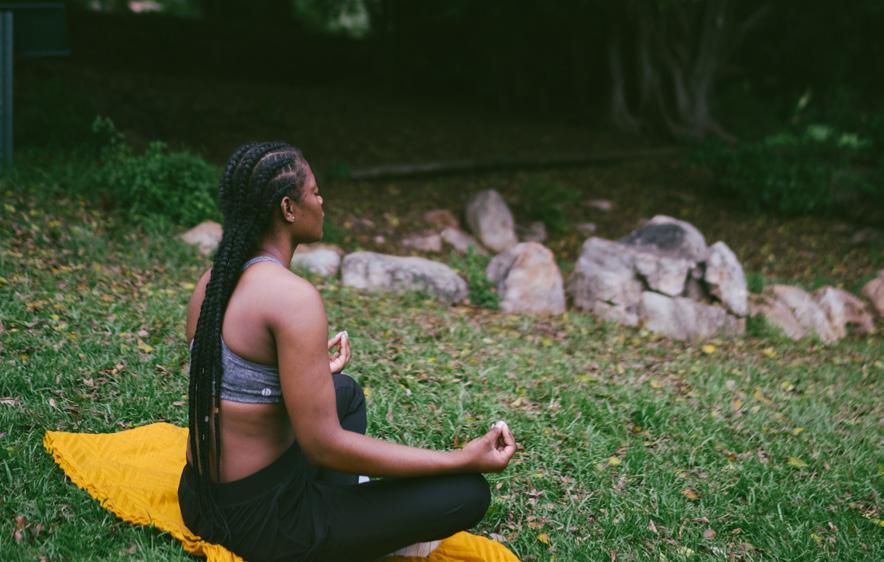
original photo by rf studiooriginal photo by rf studio
Mental Health
In addition to social health, group exercise can promote our mental health. For example, the study on older adults found that they enjoyed exercising with a group significantly more than exercising alone. Moreover, participants reported feeling an improved self-efficacy, self-esteem, positive mood, and mental health. Exercise releases endorphins, chemicals released by the body to release stress and pain. It also provides a common subject to bond over. Each of these exercise perks can positively impact our mental health and social connectedness. This has an important implication: in a world where mental health problems are on the rise, an exercise group is an opportunity to practice self-care. From high-fives after practice to stretching in a circle together, an exercise group provides a community that can benefit our mental health.
How to Build a Social Relationship Through an Exercise Partner
So, what is the best way to get the most out of our relationships with our exercise partners? Here are a few tips for getting the relationship running (get it?):
• Focus on getting to know each other: From conversations on a run to post-workout chats, I recommend using exercise as an opportunity to learn more about your partner’s life outside of exercise, as well as bond over the game or activity you are doing.
• Build a relationship both inside and outside of exercise: Exercising together allows us to get to know our exercise partner, but we can continue to build that connection by grabbing a coffee or going to lunch together!
• Approach workouts with awareness of not only personal goals but also your partner’s goals: One way to show mutual respect is to show interest in each others’ goals. Celebrate when one of you reaches a personal record!
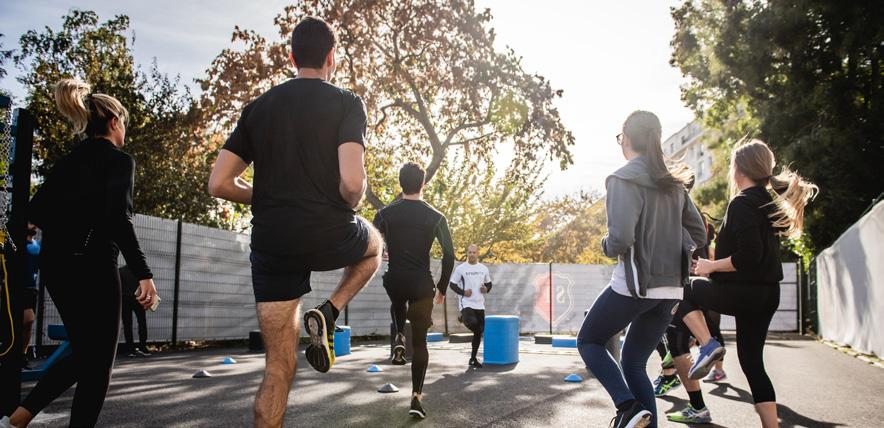
original photo by gabin vallet
How a Community Can Help Promote Exercise
Group exercise can be a great way to start and strengthen a community while promoting our physical health! Personally, if I plan to walk with a friend or schedule a morning group workout before class, I know that I will be more likely to follow through with that shockingly early wake-up time and even enjoy it. In line with this, studies find that exercising with others increases our motivation and the quality of our workouts.
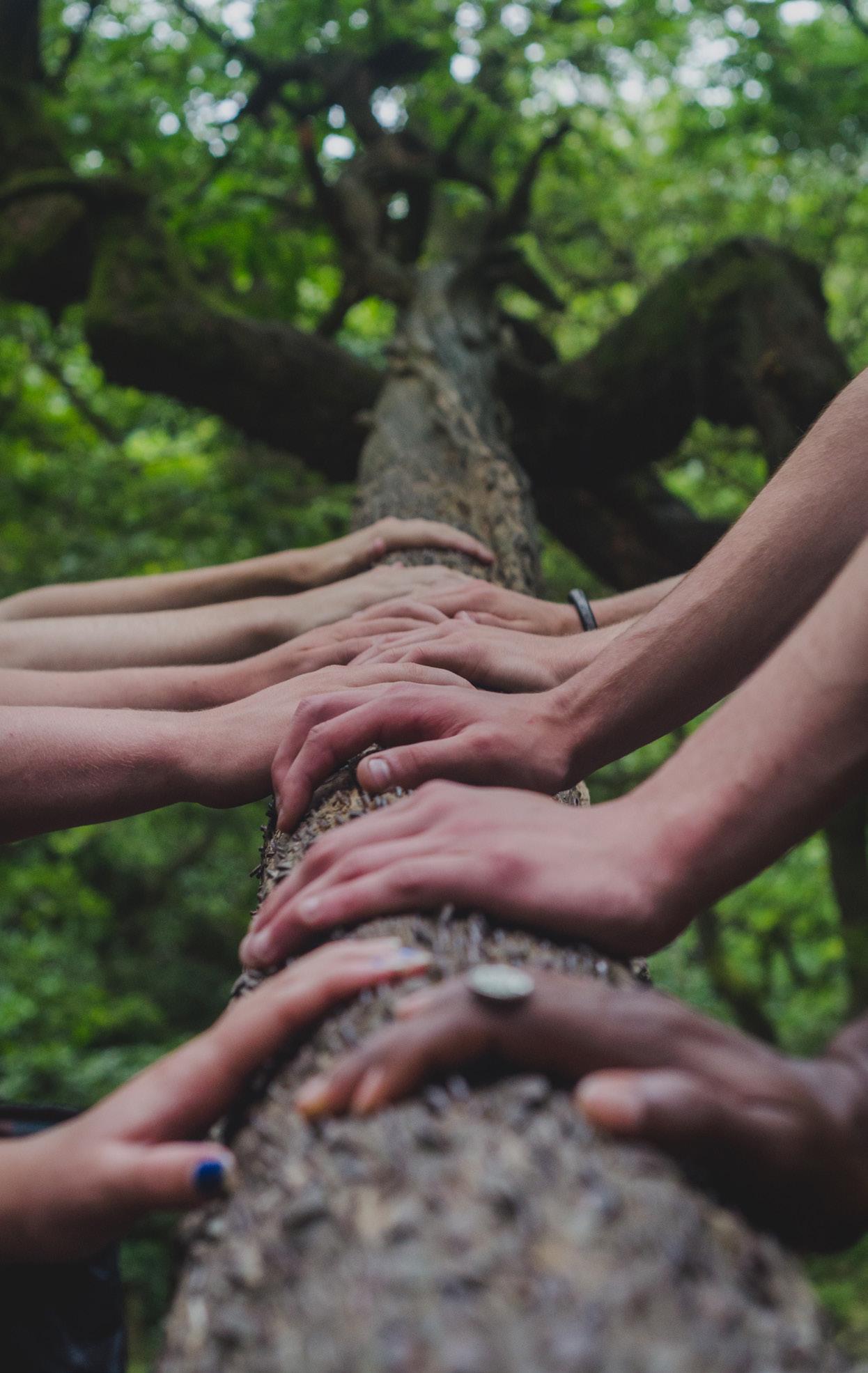
original photo by shane rounce
Increased Enjoyment of Exercise
According to one study from California State University (CSU) San Bernardino, college students reported that they looked forward to exercising with their exercise partner. This has a few implications: if we enjoy our workout and look forward to it, we may be more likely to hit the gym. It can also make exercise a habit: a source of enjoyment instead of a chore.
Peer Motivation
Beyond pure enjoyment, studies have found that an exercise partner serves as a source of motivation. According to the same study from CSU San Bernardino, participants were more likely to skip a workout when their partner was absent. They also reported that their partner helped them exercise longer and harder. So having an exercise partner serves as that extra push. They can be a source of accountability, supporting us to work out both more often and more intensely.

original photo by helena lopes
Increase Exercise Quality
Often, even if we decide to find a workout buddy to simply keep us company, having that workout buddy can increase the quality of our workout. According to the CSU San Bernardino study, participants reported that they maintained a higher level of effort and exertion when they worked out with a partner.
How to Be an Effective Exercise Partner
With this in mind, you might be wondering: what are some ways to be an effective exercise partner, helping both ourselves and our partners get the best workout? Here are a few quick tips: • Pursue a cooperative rather than competitive relationship: As we have all learned in school, an important part of being a part of a team is focusing on the
“we” instead of the “me.” With respect and accountability, we can push each other to tackle our exercise goals. • Pursue a comfortable and open relationship, rather than a purely motivational relationship: Strong relationships are the foundation for success, regardless of how we define that success.
Ultimately, if we provide mutual support with our exercise partner, we will enjoy the exercise, and exercise goals will naturally come along the way.

original photo by jannes glas
How to Find an Exercise Community at UCLA
From gym buddies to teammates, exercise groups can allow us to find a community and stay fit. When UCLA holds in-person instruction again, there will be several opportunities to find an exercise community meant for us.
UCLA Recreation
Are you a fan of yoga or pilates? Have you ever wanted to try your hand at kickboxing? If so, UCLA Rec may be a great place to find an exercise community. UCLA Rec holds a wide range of recreational activities and services, including instructional classes ranging from dance to HIIT to self-defense. They are even offering virtual events and classes while UCLA remains online. While some of their classes are free, some require a paid “Train Like a Bruin” membership, which you can purchase on the UCLA Recreation website.
Intramural Sports
Instead of intense competition, maybe you prefer some friendly rivalries! In that case, intramural sports may be for you. Intramural sports are sports leagues that students can join with their friends or colleagues. With 15 sports to choose from, intramural sports offer a 4-week regular season, from which you can advance to playoffs. And this league offers a wide variety of options, from traditional sports such as soccer to more unique games such as spikeball or ultimate frisbee. Intramural sports is covered by a once-per-quarter flat fee.
Club Sports
Do you love the thrill of competition? Do you enjoy meeting up with teammates at practice? If so, Club Sports may be your cup of tea. Club Sports is an umbrella term for over 54 competitive teams on campus, run by student officers and competing against other universities. The examples of club sports are endless: baseball, cricket, ice hockey, quidditch, triathlon, and so much more. Personally, I joined the running club and love seeing my teammates everyday. The fees associated with Club Sports vary by club, depending on the cost of the sport’s equipment and competitions.
Forming an Exercise Group
And if organized sports aren’t your thing, nothing beats a workout buddy! Regardless of whether you are interested in weights, swimming, running, or core, finding an exercise group can be as simple as grabbing a friend or family member and heading out the door.

Exercise during COVID-19
While we continue to social distance, there are several ways to find an exercise community with both friends from home and with fellow Bruins. One option is exercising outdoors with masks, from going to distanced outdoor yoga to taking a weekly walk with a friend. Outside of in-person exercise, virtual workouts can be a fun way to stay connected! Not all workouts can be adapted to Zoom, but yoga, HIIT, or strength training are options to try in front of a screen. While social distancing, I have been doing a weekly core workout with friends. By the end, my abs are strengthened and I’ve checked in with some of my workout buddies! It’s a win-win all around.
Bottom Line
In a time of social distancing, it can be difficult to form a community or pursue deep relationships. However, as the world slowly emerges from the pandemic, finding an exercise group stands out as a way to support both our physical and social health. Regardless of what those terms mean to us and the avenues that we take to get there, a workout buddy can be a pathway to feeling physically well and making connections along the way.
References
1. “Regular group exercise contributes to balanced health in older adults in Japan: a qualitative study.” BMC Geriatrics. (2017).
2. “A systematic review of the psychological and social benefits of participation in sport for children and adolescents: informing development of a conceptual model of health through sport.” Int J Behav Nutr Phys Act. (2013).
3. “Characterizing Relationships with Exercise Partners: Communication, Closeness, and Performance.” Int J Sports Exerc Med. (2020).
4. “UCLA Recreation. recreation.ucla.edu. (2021).
5. “UCLA Club Sports. uclaclubsports.com. (2021).










